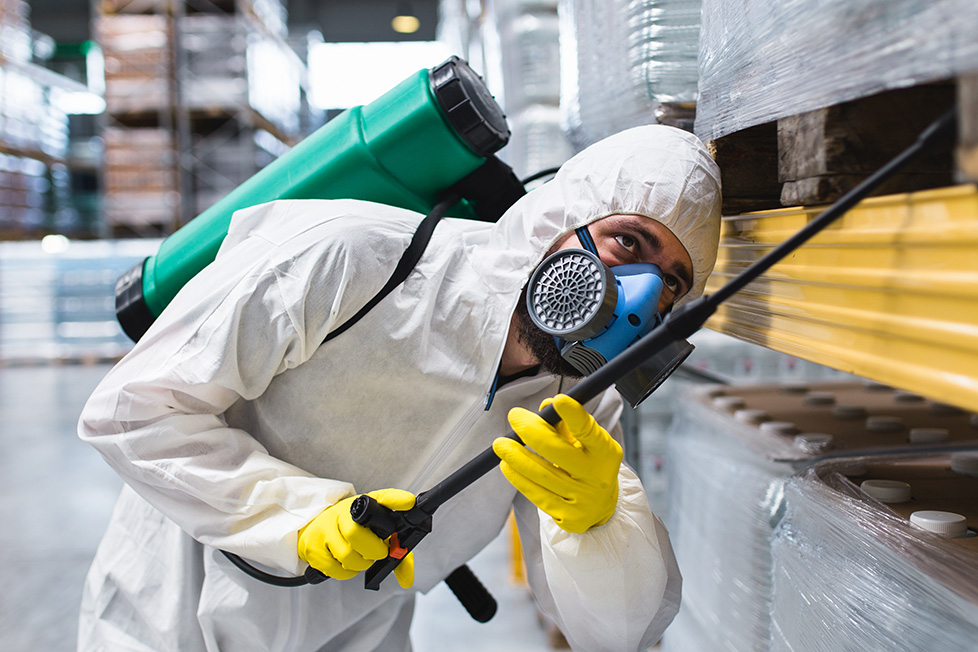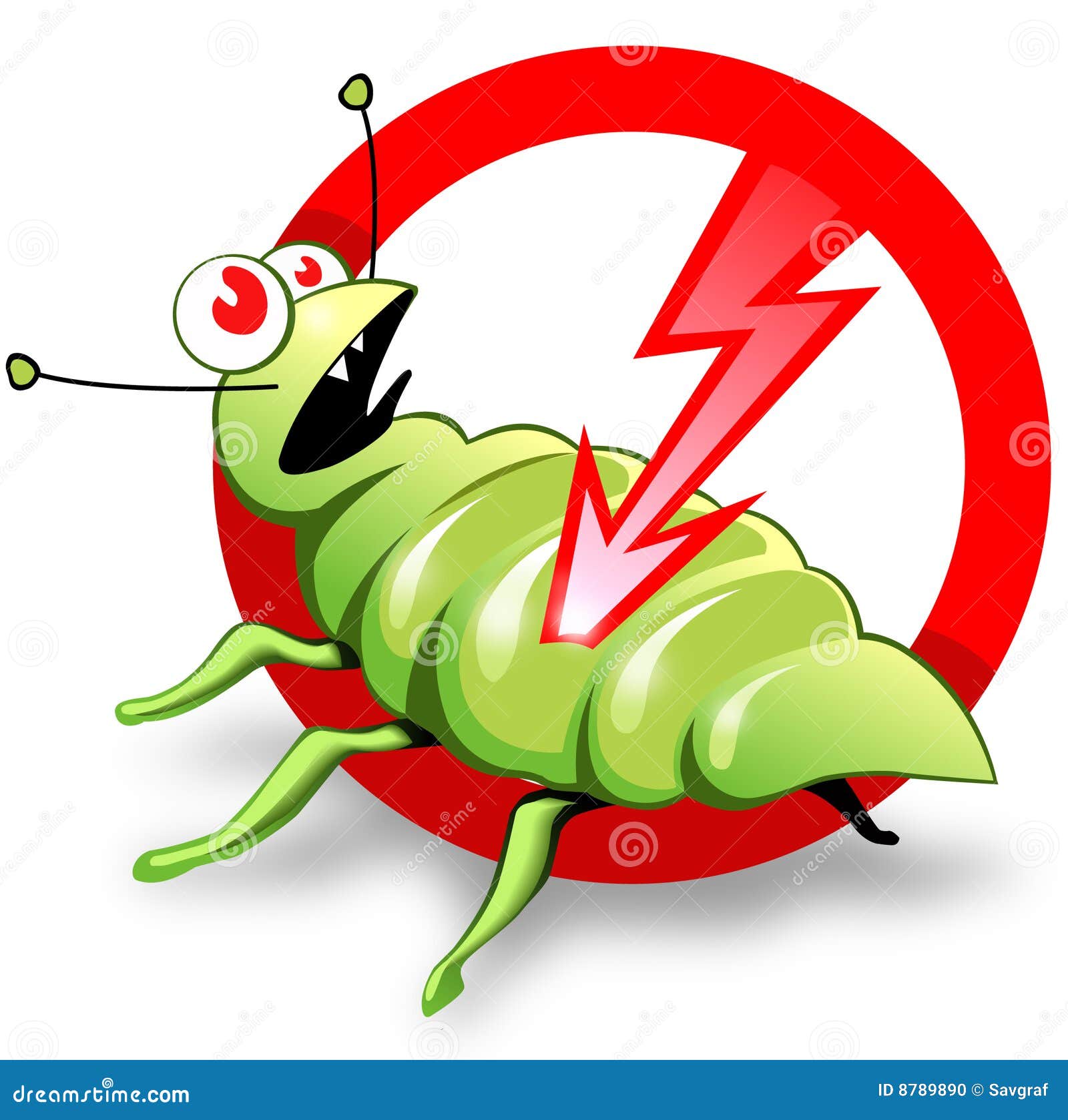Premium Pest Control to maintain your space clean and pest-free.
Premium Pest Control to maintain your space clean and pest-free.
Blog Article
Eco-Friendly Insect Control Approaches for Taking Care Of Wild Animals in Urban Areas
Urban locations commonly locate themselves at the crossway of human task and wildlife, resulting in one-of-a-kind challenges in parasite administration. Eco-friendly approaches emphasize lasting conjunction, utilizing techniques such as habitat alteration and natural repellents to alleviate human-wildlife disputes. These strategies not just protect the atmosphere however likewise boost area engagement in wild animals administration. As urban populations continue to grow, recognizing the dynamics of wild animals interactions comes to be significantly essential. What innovative approaches can be implemented to guarantee both eco-friendly balance and city safety and security? Exploring this inquiry discloses an engaging landscape of prospective remedies.
Comprehending Urban Wild Animals Dynamics
Understanding Urban Wildlife Dynamics is crucial for developing effective and environmentally friendly insect control approaches. Urban locations are significantly coming to be environments for various wildlife species, driven by aspects such as habitat fragmentation, food schedule, and human advancement. Identifying these characteristics enables for a nuanced approach to pest administration that lines up with environmental concepts.
Urban wild animals usually includes species such as raccoons, squirrels, and birds, which adapt to city environments, finding particular niches in green areas, parks, and also houses. Their presence can cause disputes with people, specifically when they manipulate human sources for food and shelter. Comprehending the actions and ecological functions of these species informs strategies that reduce negative interactions while promoting biodiversity.
Furthermore, acknowledging the interdependencies within city environments aids in identifying crucial locations for environment conservation and reconstruction. This understanding adds to the development of incorporated pest management (IPM) techniques that consider the eco-friendly balance, thus minimizing dependence on damaging chemicals. By promoting coexistence between humans and metropolitan wild animals, cities can develop much healthier atmospheres that profit both locals and local ecosystems, leading the way for lasting metropolitan living.
Natural Repellents and Deterrents
Natural repellents and deterrents supply a sustainable choice to standard bug control methods by harnessing the power of nature to keep unwanted varieties at bay. These eco-friendly options usually use plant-based components, necessary oils, and various other naturally taking place substances that discourage parasites without hurting the atmosphere.
One reliable natural repellent is peppermint oil, which is known to fend off rats and pests. Its strong aroma is undesirable to numerous parasites, making it a prominent option for metropolitan settings. Vinegar and citrus peels can offer as deterrents, as their solid smells are generally uninviting to numerous wild animals.
In addition, diatomaceous earth is a natural powder that can be spread out in locations prone to insect activity, efficiently dehydrating and hindering pests without posing threats to non-target varieties. Additionally, garlic sprays and neem oil are identified for their capability to ward off a wide variety of pests, including both insects and bigger wildlife.
Executing these natural repellents not just decreases reliance on chemical pesticides but additionally promotes a much healthier city environment, fostering an extra balanced coexistence in between people and wild animals. By using these strategies, urban locations can efficiently take care of insect populations while minimizing ecological influence.
Habitat Adjustment Strategies
Effective environment adjustment strategies play an important role in lasting bug monitoring by changing the environment to make it less favorable to pest infestations. By comprehending the ecological dynamics of urban areas, property owners can execute tactical alterations that hinder insects while advertising biodiversity.
(Ant control Port Charlotte)One key strategy includes preserving proper sanitation. This includes routine waste removal, protecting trash containers, and eliminating standing water to minimize breeding websites for insects and rats. Furthermore, landscape design techniques such as picking native plants can enhance eco-friendly balance, giving environments for valuable microorganisms while reducing resources for insects.
An additional essential strategy is to seal access factors in structures. Evaluating and repairing cracks in structures, wall surfaces, and home windows can significantly decrease insect accessibility. Developing physical obstacles, such as fencings or plant barriers, can prevent wild animals motion into human-inhabited areas.
Integrated Insect Administration Practices
Structure upon environment adjustment strategies, incorporated bug monitoring (IPM) practices offer an all natural strategy to controlling pest populaces while reducing ecological influence. IPM integrates numerous methods, consisting of biological, cultural, mechanical, and chemical controls, to achieve efficient parasite monitoring.
Biological control includes the introduction of all-natural killers or parasites to decrease pest populaces. Cultural practices, such as plant turning and cleanliness, interfere with pest life cycles and lessen their environments - Pest control service. Mechanical controls, like catches and obstacles, offer instant remedy for insect pressures without chemical intervention
Chemical controls are utilized as a last hotel, concentrating on targeted applications that restrict harm to non-target species and the setting. The selection of eco pleasant pesticides, when needed, is indispensable to the IPM structure. Furthermore, monitoring bug populaces and evaluating my latest blog post possible damages aids educate decision-making, making certain that interventions are timely and efficient.
Neighborhood Participation and Education

(Mole Removal)Workshops and educational sessions can outfit residents with knowledge about indigenous types, environment preservation, and efficient safe pest administration strategies. Cooperation with schools, regional companies, and government companies further enhances instructional outreach, making certain that vital details reaches diverse target markets.
Additionally, community-led campaigns, such as community clean-up days and environment reconstruction tasks, not only promote biodiversity however also strengthen neighborhood ties. Pest control service. By urging locals to share their experiences and monitorings, communities can develop targeted approaches that address particular regional pest concerns
Including comments from citizens into pest management intends allows a more responsive and adaptive strategy to wildlife obstacles. Ultimately, informed and engaged communities are key to achieving long-lasting success in eco-friendly pest control, bring about much healthier metropolitan atmospheres that value both human and eco-friendly requirements.

Verdict
To conclude, environment-friendly insect control comes close to deal sustainable services for managing urban wild animals. By prioritizing environment alteration, making use of natural repellents, and carrying out incorporated parasite monitoring practices, areas can promote an unified coexistence with neighborhood animals. Involving locals through education improves awareness and motivates responsible wild animals interactions. Inevitably, these techniques not only protect biodiversity yet also promote ecological wellness, ensuring city locations remain lively environments where human beings and wildlife grow with each other.
Report this page